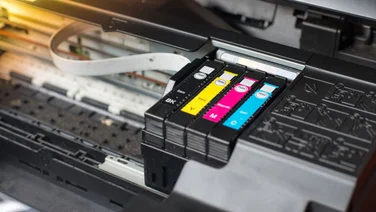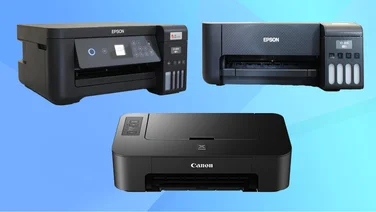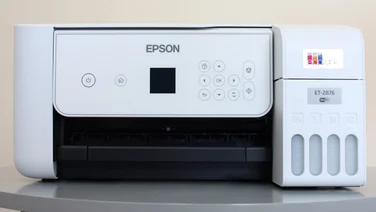To help us provide you with free impartial advice, we may earn a commission if you buy through links on our site. Learn more

Lexmark uses this same case for a number of models in its range, so it should come as no surprise if the X3650 looks familiar. Unlike most models we’ve seen, the USB port is located on the front of the printer. Laptop users who only occasionally get their printer out will find this convenient, but desktop PC owners will end up with a cable trailing untidily from the front of the printer. Its flimsy extending paper trays make it look and feel rather cheap, too. Installation is straightforward. You can select various extra utilities, such as Lexmark’s Productivity Studio photo and document management software, and Abbyy Sprint OCR. None of these is selected by default, and it’s a refreshing change not to be forced to install software that you’ll never use. Print head alignment is an automatic processes that involves loading an A4 page and pressing the OK button when prompted by the two-line LCD display. The scanner interface defaults to Legal rather than A4 paper, but it’s easy to save your most frequently used settings to a Scan Presets menu and your last settings are loaded when you re-open the interface. The interface doesn’t close after each scan, which makes it easier to scan batches of documents or photos. It’s simple to use, but there are few options available to tweak your scan settings. Scan quality was sharp, with clear reproduction of fine detail and text. Colours were also accurate, but the maximum 600dpi optical resolution means that this MFP is of limited use when it comes to scanning photos for editing or printing as enlargements. Print quality and speeds were very much what we’ve come to expect from Lexmark’s inexpensive inkjets. Draft quality text was dark but fuzzy. With a speed of 8.4ppm, normal quality text printed almost as fast and was much sharper. Unfortunately, although our colour documents looked good, the painfully slow print speeds of 0.8ppm make the Lexmark unsuitable for printing long colour documents. Photo-printing speeds were fairly slow – it took 12 minutes and 44 seconds to print six 6x4in prints. The resulting pictures, although bright, are fairly poor compared to most inkjets, with ink that’s very slow to dry. This can be improved by using third-party papers such as those produced by Ilford, but this printer will never rival the photo quality of most Canon and Epson models.
Although we’ve recently seen some excellent inkjet MFPs, budget and mid-priced models have been rather thin on the ground so far this year. We can’t recommend the X3650 at this price, but if you want an inkjet MFP then look out for our review of Canon’s new Pixma MP240 in next month’s What’s New.





